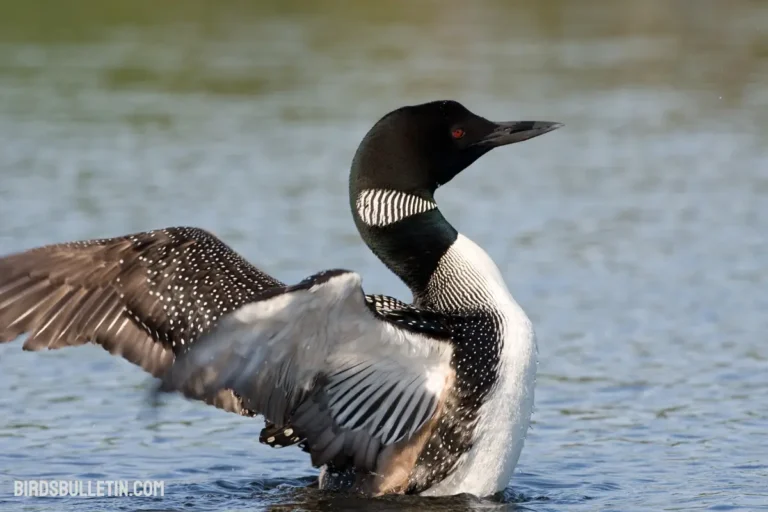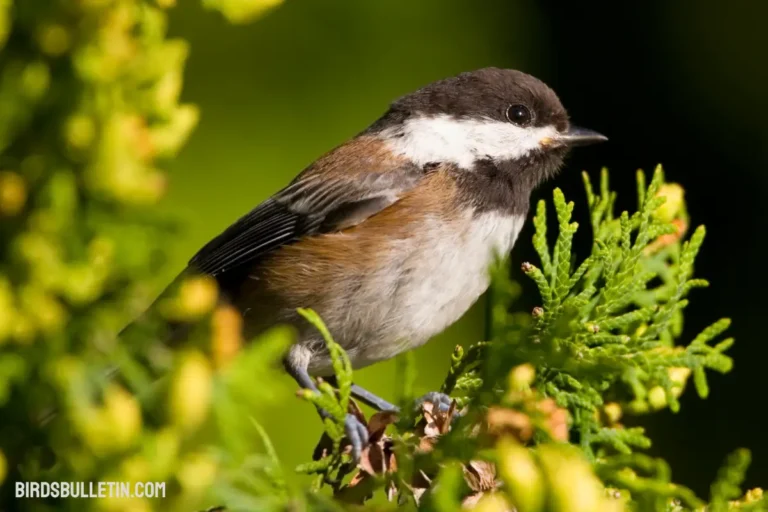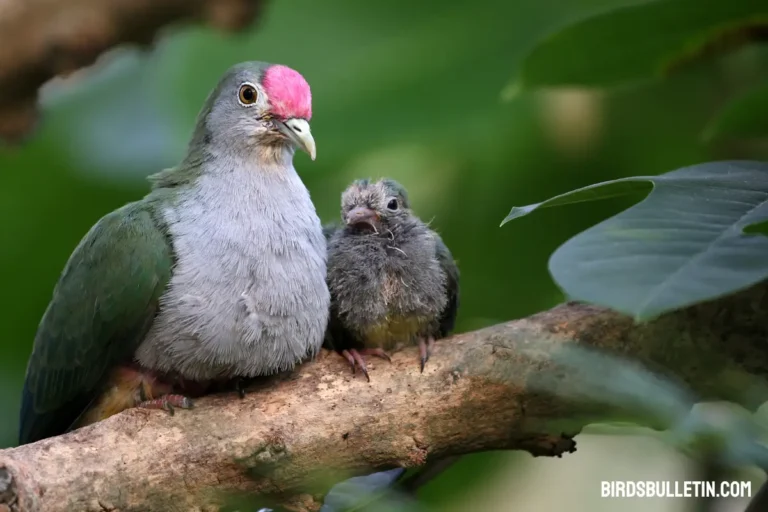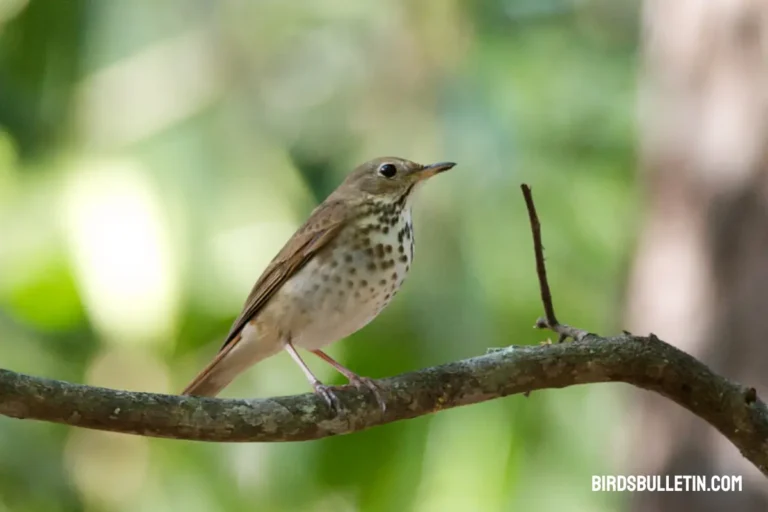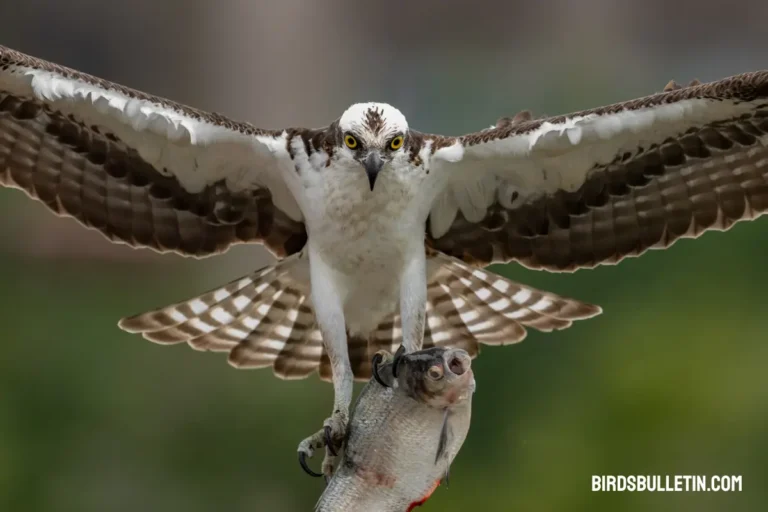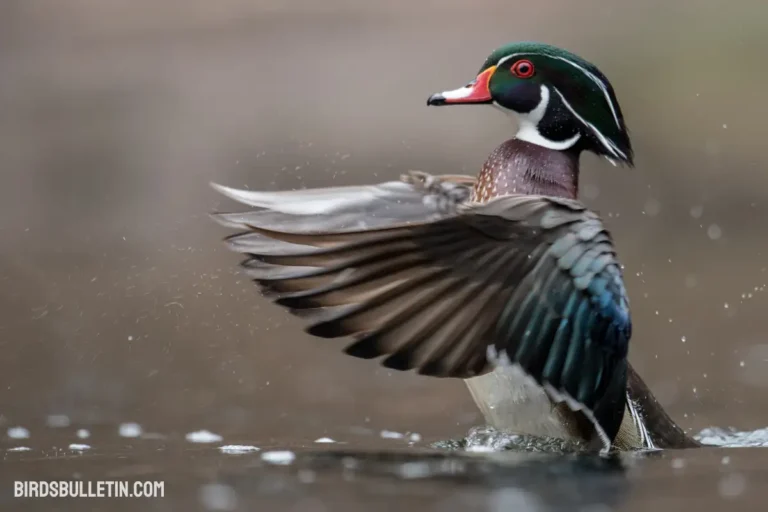Bluebirds: Species And Interesting Facts
Their bright blue backs and rusty breasts brighten backyards and fields as warmer weather returns. Learn how to identify these colorful songbirds and attract them by putting up customized nest boxes.
Want to learn more about Birds Overview
A Colorful Family Of Three Bluebird Species
While Eastern Bluebirds are the best known, two other bluebird species occur in North America:
01. Eastern Bluebird (Sialia sialis):
- Found across eastern North America to central Texas and northeast Mexico.
- Males have bright royal blue backs. Females are more subdued sky blue.
02. Western Bluebird (Sailia mexicana):
- Ranges up and down the west coast from British Columbia through California.
- The male has a vivid blue throat outlined in white. The female throat is pale gray.
03. Mountain Bluebird (Sialia currucoides):
- Found in the Rockies, Great Plains, and high desert regions like eastern Oregon.
- Male sky-blue throat has a thin white border outlining blue feathers.
When And How Bluebirds Nest?
Bluebirds typically build their nests in spring, sometime between March and May depending on the local climate and availability of food resources. Here are some key details about bluebird nesting habits:
Location
Bluebirds nest in cavities, often using old woodpecker holes or human-made nest boxes. They prefer open areas near trees, such as meadows, pastures, golf courses, parks, orchards, or backyards.
Nest Construction
- The female builds the nest out of grasses, pine needles, stems, and sometimes feathers. It takes her 2-6 days to build the nest.
- She creates a tidy cup-shaped structure, about 5 inches across and 2-3 inches tall, that sits securely in the cavity. The nest provides insulation and allows air circulation.
Egg Laying and Incubation
- Once the nest is complete, the female lays one pale blue egg per day until she has 4-7 eggs.
- She starts incubating them once the last egg is laid. The eggs hatch after about 14 days of incubation.
Nestlings
- Both parents feed the nestlings for 16-19 days until they can fly outside of the nest. They continue helping feed them for 1-2 more weeks.
bluebirds build their nests in cavities during spring; the female builds a neat cup-shaped grass nest; she lays light blue eggs and incubates them herself; then both parents help feed the hatchlings until they can fly from the nest in around a month. The whole nesting process lasts 1.5-2 months.
Tracking Bluebird Population Trends
Including All species (Eastern, western, and mountain) and subspecies the estimated population of bluebirds is around 36 million.
Year-Round Movement Patterns
Bluebirds migrate moderate distances and form loose winter flocks:
- Northern bluebirds migrate south for winter. Southern mountain and western bluebirds wander nomadically.
- Frozen insects in northern climes force seasonal movement. Migrants form loose flocks during migration.
- Winter grounds stretch from the southern U.S. through Mexico and Central America.
- Many bluebirds demonstrate strong site fidelity, returning to prior nesting sites year after year. Studying leg bands reveals impressive lifespans over 10 years.
Bluebird Interesting Facts
Here are some interesting facts about bluebirds:
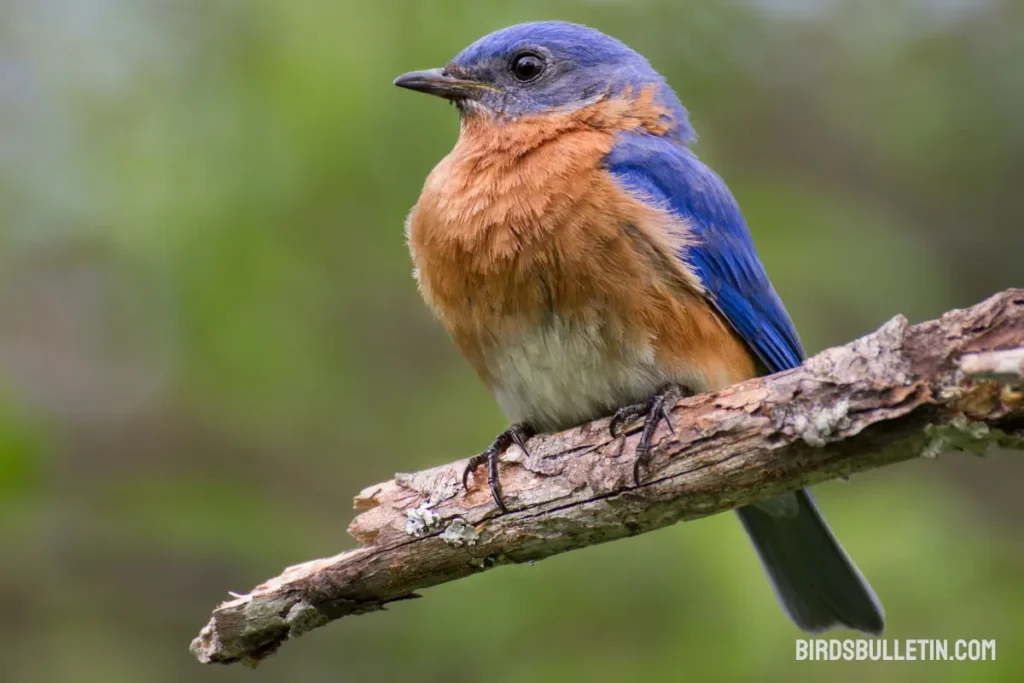
01. Bluebirds are a group of medium-sized, mostly insectivorous or omnivorous birds in the genus Sialia of the thrush family Turdidae.
02. There are three species of bluebirds in North America – the Eastern Bluebird, Western Bluebird, and Mountain Bluebird.
03. They are cavity nesters and rely on holes in trees, abandoned woodpecker nests, or human-made nest boxes for nesting sites. Female bluebirds alone build the nests out of twigs, grass, feathers, and other soft materials.
04. This bird is partially migratory, with many Eastern and Mountain Bluebirds migrating south for the winter while Western Bluebirds tend to stay year-round nearer to their breeding range.
05. Bluebirds eat mainly insects and berries. They catch insects in midair or find them in the grass and are often found near open meadows and fields.
06. Male bluebirds are bright blue on the back and head, while females are mostly grayish blue. Both have a reddish-brown chest.
07. Bluebird numbers declined in the early 20th century due to competition for nesting sites with invasive European starlings and house sparrows. The bluebird population rebounded with an increase in bluebird nest box programs.
08. They play an important ecological role by consuming many insects and helping control pest species populations. Their diet shifts almost entirely to fruits and berries in colder months.
09. Bluebirds are the state birds of Missouri and New York.
10. In many cultures, the bluebird is a symbol of happiness and renewal, in part because its bright colors signal the coming of spring and warmer weather. Seeing a bluebird is considered lucky!
Bluebirds Captivating Humans
Bluebirds have built remarkable connections with humans across centuries:
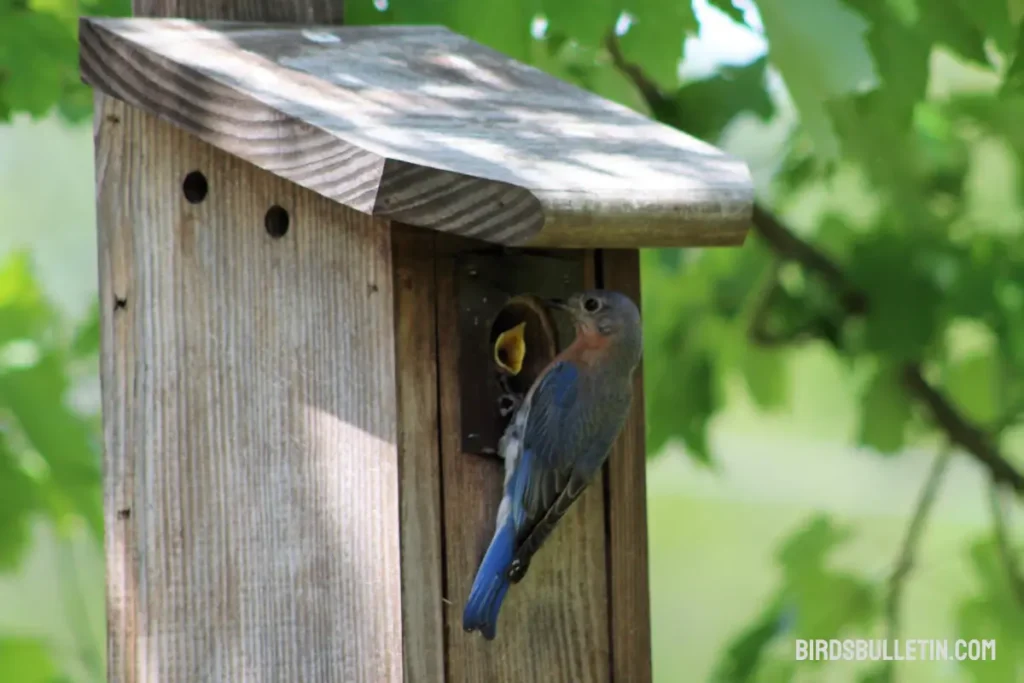
Mythology – Ancient myths considered bluebirds messengers delivering happiness. Some Native American tribes shared this view.
Folklore – European settlers carried over traditions and poems celebrating bluebirds returning spring’s hope after winter.
Literature – Poets like Henry David Thoreau, Walt Whitman, and contemporary writers portray bluebirds as muses.
Gardening – Backyard enthusiasts install customized nest boxes to welcome bluebirds. This tradition persists strongly today.
Communications – Corporations apply “Bluebird” names and logos to convey brightness, innocence, and cheer.
Frequently Asked Questions
01. How can I attract bluebirds to my yard?
Install customized bluebird nest boxes with exact 1 1/2-inch diameter holes. Place boxes facing east or southeast on poles in open grassy areas. Observe legal guidelines on avoiding disturbance.
02. What plants do bluebirds prefer?
Provide native berry bushes like dogwoods and sumacs. Add some perches interspersed through open lawns. Eliminate pesticides so insects thrive to provide food.
03. How else do bluebirds help humans?
Bluebird enthusiasm helps connect people young and old with nature while advancing scientific knowledge. Nest-box monitoring programs engage volunteers in collecting data and conserving native birds.
Verdict
The three bluebird species grace many backyards and open lands across North America. Their beauty and symbolism of springtime hope have captivated people for centuries.
Maintaining nest boxes and conservation habitats will ensure bluebirds – and the joy they inspire – continue each spring for generations to come.
References
- “Bluebird.” All About Birds, Cornell Lab of Ornithology, 2022. https://www.allaboutbirds.org/guide/Bluebird
- “Bluebirds in North America.” North American Bluebird Society, 2022. https://www.nabluebirdsociety.org/bluebirds/


